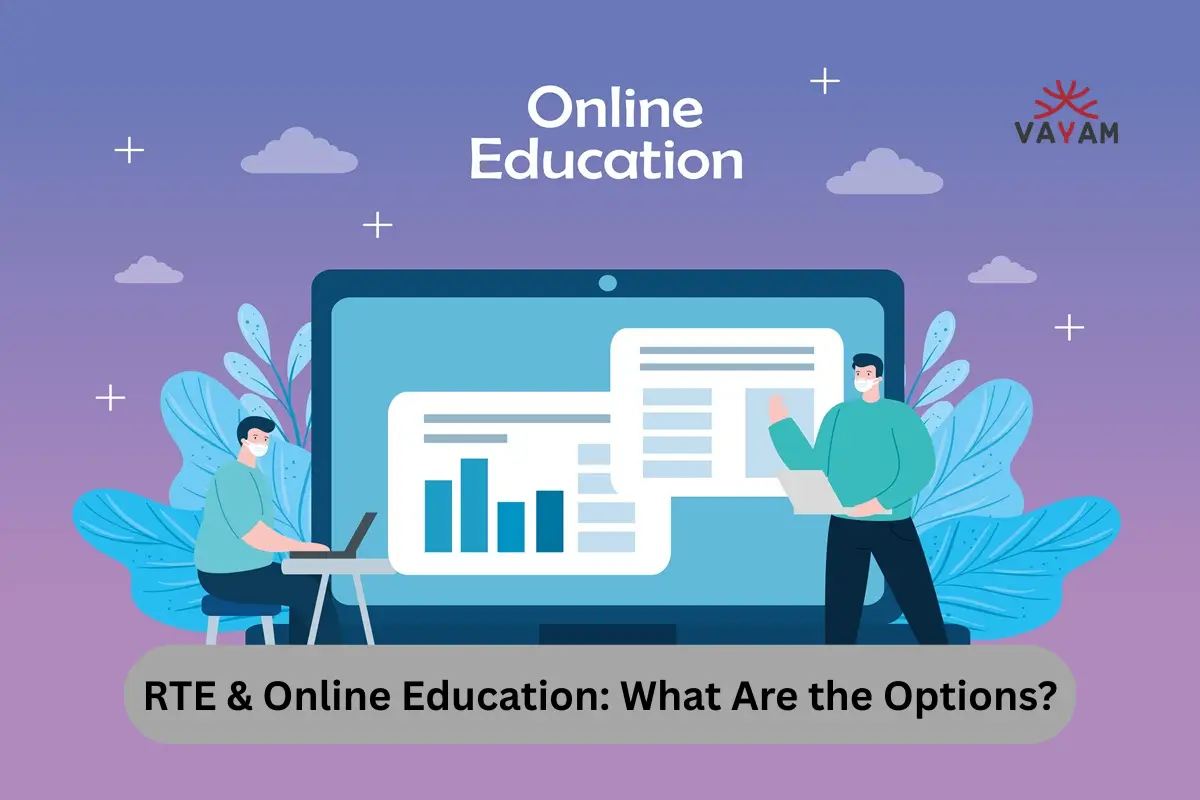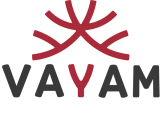
Education is a fundamental right, and the Right to Education (RTE) Act in India ensures that every child gets free and compulsory schooling. But what happens when traditional classrooms aren’t accessible? Online education has become a game-changer, offering flexible and affordable learning solutions.
If you’re a parent, student, or educator wondering how RTE and online learning work together, this guide will help. We’ll look at the challenges families face, the best online education options under RTE, and how to make the most of digital learning.
Understanding RTE: A Quick Recap
The Right to Education (RTE) Act, 2009 guarantees free and compulsory education for children aged 6 to 14. It mandates:
- 25% reservation in private schools for underprivileged students.
- No discrimination based on caste, gender, or economic status.
- Quality education with trained teachers and proper infrastructure.
But despite these provisions, many students still struggle with access—especially in rural areas or during emergencies like the COVID-19 pandemic. That’s where online education steps in.
Challenges in Traditional Education & How Online Learning Helps
- Limited Access to Good Schools Many families live far from quality schools, and RTE’s 25% quota in private schools isn’t always enough.
Solution: Online platforms bring expert teachers to students, no matter where they live.
- High Costs of Education Even with RTE, extra expenses like books, uniforms, and transportation add up.
Solution: Digital learning reduces costs with free or low-cost resources, e-books, and video lessons.
- Lack of Personalized Learning In crowded classrooms, students often don’t get individual attention.
Solution: Online education allows self-paced learning with interactive tools like quizzes and doubt-solving sessions.
- School Dropouts Due to Work or Family Responsibilities Many children leave school to support their families.
Solution: Flexible online courses let students learn at their own time, making education easier to balance.
Best Online Education Options Under RTE
- Government E-Learning Platforms The Indian government has launched several free online resources:
- DIKSHA – Digital lessons for classes 1 to 12.
- SWAYAM – Free courses from school to college level.
- ePathshala – NCERT textbooks and videos in multiple languages.
Who should use this? Students who need structured, curriculum-based learning.
- YouTube Educational Channels Many educators and organizations offer free lessons:
- Khan Academy (India) – Math and science tutorials.
- BYJU’S Free Classes – Engaging video lessons.
- Unacademy (Free Content) – Live classes on various subjects.
Who should use this? Learners who prefer video explanations.
- Mobile Learning Apps Several apps provide interactive learning:
- Toppr – Adaptive practice tests.
- Vedantu – Live tutoring.
- Meritnation – CBSE/NCERT study material.
Who should use this? Students who want on-the-go learning with quizzes and tests.
- NGO Initiatives for Underprivileged Students Organizations like Pratham, eVidyaloka, and Khan Academy India work to bring digital education to rural and low-income students.
Who should use this? Families who need free, high-quality learning support.

Read More
How to Verify If a Business Is Truly Child Labour-Free
The Role of MGNREGA in Reviving Dying Handicraft Industries
How to Choose the Right Online Learning Option
- Check if It Aligns with the School Curriculum If your child is in an RTE-supported school, make sure the platform follows NCERT or state board syllabi.
- Look for Interactive Features The best platforms offer:
- Live classes
- Doubt-solving
- Quizzes and progress tracking
- Consider Affordability Many apps have free versions, while others offer scholarships. Compare before committing.
- Read Reviews & Ask for Recommendations Talk to other parents or teachers to find the most effective platforms.
Overcoming Barriers to Online Education
While online learning is helpful, some challenges remain:
- Internet Access in Rural Areas Solution: Use apps that work offline or require less data. Platforms like DIKSHA allow downloading lessons.
- Lack of Devices Solution: Some NGOs provide tablets or smartphones to students under RTE. Check local initiatives.
- Difficulty in Self-Discipline Solution: Set a daily study schedule and involve parents or mentors in tracking progress.
The Future of RTE and Online Education
The combination of RTE and digital learning can bridge gaps in education. With better internet access and more government support, online education can reach every child, regardless of location or financial status.
Schools and policymakers should:
- Train teachers in digital teaching methods.
- Provide devices to underprivileged students.
- Improve internet infrastructure in remote areas.
Final Thoughts: Making Education Accessible for All
RTE has opened doors for millions, but online education ensures no child is left behind. Whether through government apps, YouTube, or NGO programs, there are plenty of ways to learn without limits.
If you’re a parent, explore these options to support your child’s education. If you’re an educator, consider blending online tools with classroom teaching for better results.
What’s your experience with RTE and online education? Share in the comments!
